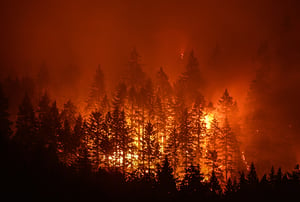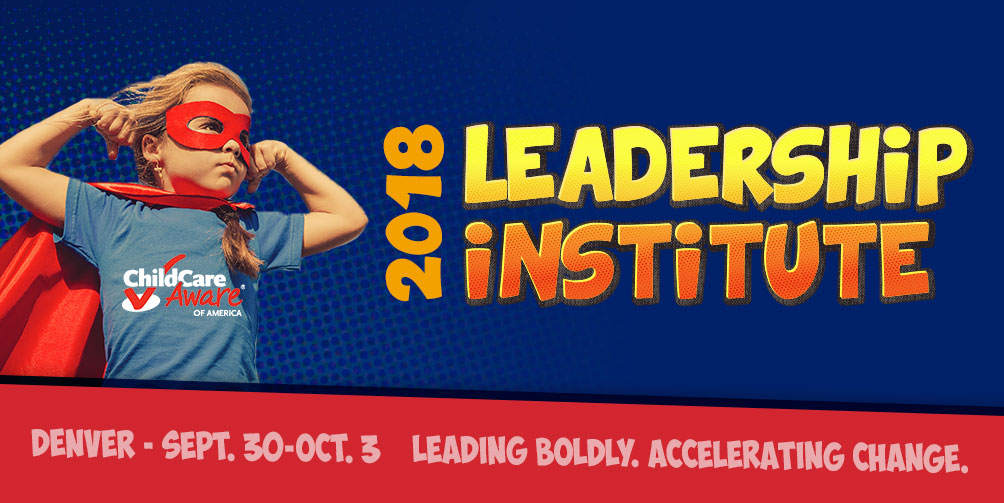With wildfires spreading across the West, many cities and states are being impacted both directly by the fires and by the resulting air pollution from the smoke. This week, Seattle topped the list of worst air pollution in the world, and Washington state and Oregon had 4 of the top 5 worst air pollution days in the country due to the smoke from wildfires, with air that was rated as either unhealthy or very unhealthy.
 But it’s not just Western states that are being hit by smoke from wildfires. According to NASA’s Goddard Space Flight Center, air quality is down through the Midwest, and some smoke has even reached New England, while the vast majority of Canada is under a blanket of smoke. Children, the elderly, and those with respiratory or cardiovascular diseases are generally at the greatest risk, but in high-smoke conditions, even healthy individuals are at risk. Still, there is a lot you can do to prevent and prepare for fires in your child care program, center or home, or be ready to evacuate in case of either a house fire or a wildfire.
But it’s not just Western states that are being hit by smoke from wildfires. According to NASA’s Goddard Space Flight Center, air quality is down through the Midwest, and some smoke has even reached New England, while the vast majority of Canada is under a blanket of smoke. Children, the elderly, and those with respiratory or cardiovascular diseases are generally at the greatest risk, but in high-smoke conditions, even healthy individuals are at risk. Still, there is a lot you can do to prevent and prepare for fires in your child care program, center or home, or be ready to evacuate in case of either a house fire or a wildfire.
Know Your Risk
Wildfires can spread quickly, giving you and the children under your care little time to prepare. Wildfires are most prevalent during periods of drought, and dry conditions, and are often caused by people (due to smoking, using fireworks, etc.) or lightning.
Before a Wildfire
Though wildfires may start and spread quickly, they are often cyclical, meaning that during non-wildfire season, there is plenty of time to prepare. As wildfire season approaches, here are some things your child care program can do to be prepared:
- Develop and practice an evacuation plan in case a wildfire comes near your child care center or home.
- Know about any medical conditions their children have that might be affected by smoke inhalation.
If a child has asthma, providers should be sure to have a completed Asthma Health Care Plan, as well as an adequate supply of the child’s inhalers.
During a Wildfire
Once wildfire season starts, there are several things you can do to keep the children under your care safe and healthy.
- Monitor the local news for evacuation notices if wildfires get too near and practice your evacuation plan.
- Monitor local air quality, and follow the recommendations.
- If local public health officials begin to advise people to stay indoors, consider keeping children inside for play time.
- Remember that smoky conditions outside can affect indoor air quality, too, so if air quality becomes poor, keep your doors and windows closed, unless it’s extremely hot. Be sure to run your air conditioner with clean filters in order to clean the air in your center or child care home.
If local officials advise you to wear facemasks due to poor air quality, remember, dust masks are not enough! Use either N-95 or P-100 respirators, make sure they fit well and are used properly. Children’s sizes are available online, be sure they are NIOSH certified.
Get Alerts and Evacuation Warnings
If you are in a region at high risk of wildfires, it is critical to get alerts when a wildfire is heading towards your child care program, center, or home. There are several services that you can sign up for that will send you alerts when it is time to evacuate:
- Your community should have a community warning system.
- The Emergency Alert System (EAS) and National Oceanic and Atmospheric Administration (NOAA) Weather Radio also provide emergency alerts.
Resources
Family Resources: Wondering how to help families with children impacted by wildfires? Take a look at this fact sheet from The National Child Traumatic Stress Network.
Kids’ Corner: Struggling to talk to children impacted by large scale fires, like wildfires? Check out Trinka and Sam: The Big Fire coloring book from The National Child Traumatic Stress Network.
Wildfire Safety: With wildfires spreading across the West, many cities and states are being impacted both directly by the fires and by the resulting air pollution from the smoke. To ensure that all children, parents, and child care providers are prepared and ready, Child Care Aware® of America has provided this information.






